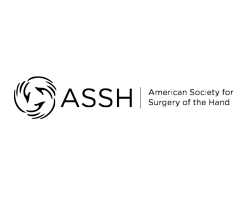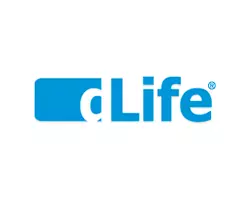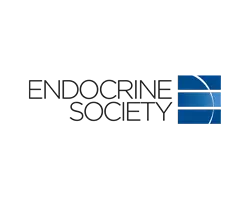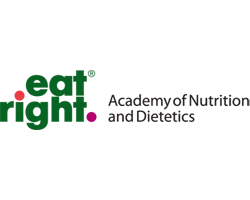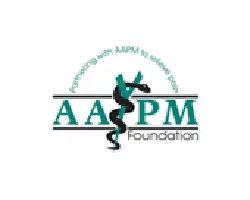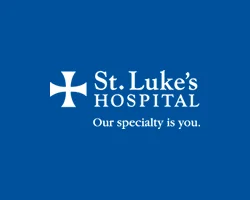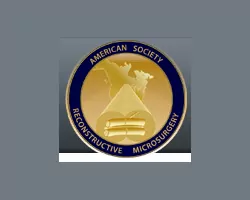F.A.Q.
Outcomes of Nerve Resection Surgery for Treating Pain
There are three main groups of patients after nerve surgery:
- Most patients have significantly less nerve pain immediately after surgery. They will tell us that they have incision/surgery pain, but they can tell the difference that the original nerve pain is better. Surgical pain is usually greatly improved in 5-7 days, almost completely by 6 weeks, and still present to a small degree for 2-3 months.
- Some patients take a few months (3-6 months or more) to see improvement in their nerve pain. Several factors are involved:
- The nerve has just been cut and is traumatized – it is telling the brain about this new injury.
- Phantom Pain: This is usually a slightly different type of pain, with “pins and needles” and extra sensitivity to light touch on the skin.
- Collateral Sprouting: When a nerve is cut, the area of skin it innervates becomes less sensitive / numb. Surrounding nerves start to grow into the new area of numbness, and this process is painful. There can be a burning “ring” around the new area of numbness. This process can take several months to go away. [Imagine a hedge and one bush in the middle of the row is removed. The bushes on either side grow in to the empty space, in a scraggly way. They eventually grow as far as they can and stop.]
- Some patients never achieve significant pain relief. Central sensitization is the process where the brain has been seeing the same pain signals from the same spot for so long, that it changes itself, and stays in “pain mode” despite disconnecting the nerve that was injured. Fortunately, this group of patients is small.
The most difficult situations to be in are groups b and c, above – when the nerve pain is not improved immediately after surgery and may take several months to improve. However, for a small number of patients in this group, the pain doesn’t ever go away – this “waiting to see” can be a difficult period. What can I do during this time to improve my pain while I wait?
- Take the “medication cocktail” prescribed for you
- Tylenol, Vitamin C and Gabapentin have been shown to improve nerve pain after resection surgery.
- Don’t “push yourself” – let your body heal. Walking short distances several times a day is good to help prevent blood clots. However, you should take ownership for your recovery with not over-doing it and following the activity restrictions your surgeon prescribed.
- Topical patches such as Salon Pas and Lidocaine are available over-the-counter and can be applied directly to the painful areal
- Let your doctor’s office know if you feel that the pain is higher than it should be – we would rather hear from you and evaluate your situation than have you be in pain alone!
Pain Unmasking is a situation where there were two or more locations that were causing pain, but only the most significant one was felt by the patient. When the worst pain is removed with the operation, the second site then takes a prominent level of feeling. [Imagine a teacher in a classroom seeing two students fight. Once she gets that situation under control, she then notices that another two students are throwing paper airplanes.]
The “new” area of pain can be investigated by your surgeon in the same way that the first one was. A physical examination and possibly a nerve block can be used to identify the remaining nerve causing the problem and an additional procedure to address this separate nerve injury can be performed to treat it.
Diagnosis of nerve pain problems is usually accomplished by three main steps:
- Listening to the patient’s history. Experienced nerve pain surgeons can often tell most of what they need to know from a description of when and how the pain started, where it is, and what it feels like.
- A simple physical examination. With knowledge of nerve anatomy, correlated with where the patient is experiencing pain, a straightforward exam in the office can usually narrow in on the diagnosis.
- Nerve blocks. These are the best test for determining that:
- The pain is due to a nerve injury.
- Which nerve(s) are involved.
- Where on the course of the nerve(s) is the injury (and where the surgeon can intervene to alleviate the pain).
Sometimes, an MRI or a nerve conduction study (NCS or EMG) can be helpful in determining the cause for nerve problems. These tests are not always helpful for issues purely limited to pain, in which case the steps above are most useful.
After hearing the history of the pain and performing a physical examination, the surgeon will often have a pretty good idea as to the nerve(s) that are responsible for causing the pain. To be sure of this diagnosis, and to localize the precise spot to operate on the nerve, a nerve block is performed.
In the office, the surgeon will “look” into the tissues with an ultrasound machine to identify the location of the nerve(s). They will then inject a small amount of local anesthetic “numbing medicine” next to the nerve. This puts the nerve to sleep, blocking transmission of pain signals to the brain at this location – temporarily. If the pain goes away for a couple of hours afterward, then the DIAGNOSIS IS ESTABLISHED! This puts a name to the problem, and points toward a potentially permanent solution!
** The doctors at Neuropax Clinic are EXPERTS in locating and blocking the nerves using ultrasound. This is a significant benefit, as you will not need to go elsewhere to have the test done, and the surgeon who will be relying on these results will be the one doing the test!
“I had a nerve block performed at another doctor’s office and it didn’t work.”
Nerve blocks are NOT (usually) the solution (they are not meant to be a treatment). They are the “test” that helps to make the diagnosis of what is wrong. If you had a nerve block done in the past that helped your pain significantly for EVEN 1 HOUR, that is GREAT NEWS and means that surgery may hold real promise for long-term treatment!
Your surgeon will explain each step as you go. Your visit will last anywhere from 15 minutes to 2 hours, depending on the results – sometimes additional blocks are required to find the exact spots on the nerves involved, and your Neuropax Surgeons will do their best to get to the bottom of it.
After confirming where your pain is, the doctor will put some gel on your skin and look into the tissues by placing an ultrasound probe on the skin’s surface. They use a small needle to numb the skin and to place a little bit of numbing medicine (like is used in dental procedures) next to the nerve. Then, after about 10 minutes, you will assess how much of the pain is gone. Usually only one block is required. If some or all of the pain remains, another block may be performed in a different location.
The numbing lasts for approximately 4-6 hours, and you will be asked to take notes on how it felt later in the day. ** Some people describe a “rebound” in their pain later in the day, after the numbing effect wears off. Someone from our team will call you the next day to discuss your results.
If the Nerve Block was successful in significantly reducing or eliminating your pain, then you and your doctor have MADE A DIAGNOSIS, and a treatment plan can be discussed. In most cases, this will mean that an operation to decompress, cut and repair, or cut and bury the nerve will be recommended. These procedures are almost always done in an outpatient surgery center, under a short anesthetic – you go home the same day.
See Outcomes of Nerve Resection Surgery for further details.




